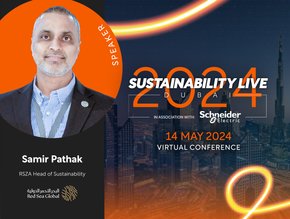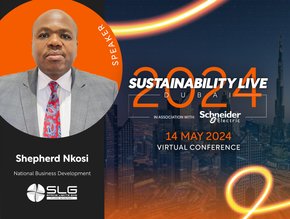
The success of an Environmental, Social, Governance (ESG) campaign relies heavily on the leaders implementing it.
Based on an assessment of current economic, social, environmental, and technological changes, respondents in the Global Risks Perception Survey (GRPS) said societal and environmental risks are the most concerning issues in the next five years. They also identify climate action failure, extreme weather, biodiversity loss, and ecosystem collapse as four of the world’s most serious problems.
This means ESG has risen to the top of boardroom agendas. This is a guide to leading the charge.
Gain more trust
According to the 2021 Edelman Trust Barometer, businesses have a 61% trust level globally. This is notably higher than that of governments, NGOs and media. However, it is to be taken into consideration that trust is fragile. Organisations can nurture and gain ever more trust by showing insightful, balanced and trusted performance and disclosure.
Empathy is key
Companies and board members must show empathy and comprehension of pain spots and aspirations. Paying more attention to the stakeholders' mental health, family issues, and personal identities will also be beneficial.
Embrace the critics and be transparent
Companies and board members need to appreciate any criticism from any parties like stakeholders and employees and be transparent. Make sure the organization follows through on its commitments and that the efforts made can reach concrete and realistic goals.
Start looking at the bigger ESG picture
The firm must look at a big perspective when making decisions by considering not only the short-term income but also the medium and long-term impacts. After all, ESG earns its appeal due to its holistic approach that offers deep insight and wider perspectives.
Decide your ESG purpose and shape future plans
Analysing the probable condition in the upcoming decade when making a future plan can help companies anticipate the impacts. In ESG, risk management should use the forward-looking governance approach instead of a rear-view approach based on history. By combining measurable goals that are reachable and present organisational plans that are developed using the considerations of the future, the company has a better chance to achieve the company goals.
Recognise blind spots
You need to stay curious and think outside the box. Avoid procrastination and act accordingly when you stumble upon a risk. Managing the risk by recognising the blind spots will make the firm able to gain the goal in a more efficient way.
Have faith in your own data
Build a process where you can really gain insight from your data. Having both internal and external auditors are necessary to get your data even more trustworthy. In addition, the board must make a procedure to check the firm's accountability.
• Join global business leaders and sustainability experts taking meaningful action at Sustainability LIVE, held at Tobacco Dock, London, 23-24 February 2022. Register to attend today! Click here to learn more.






